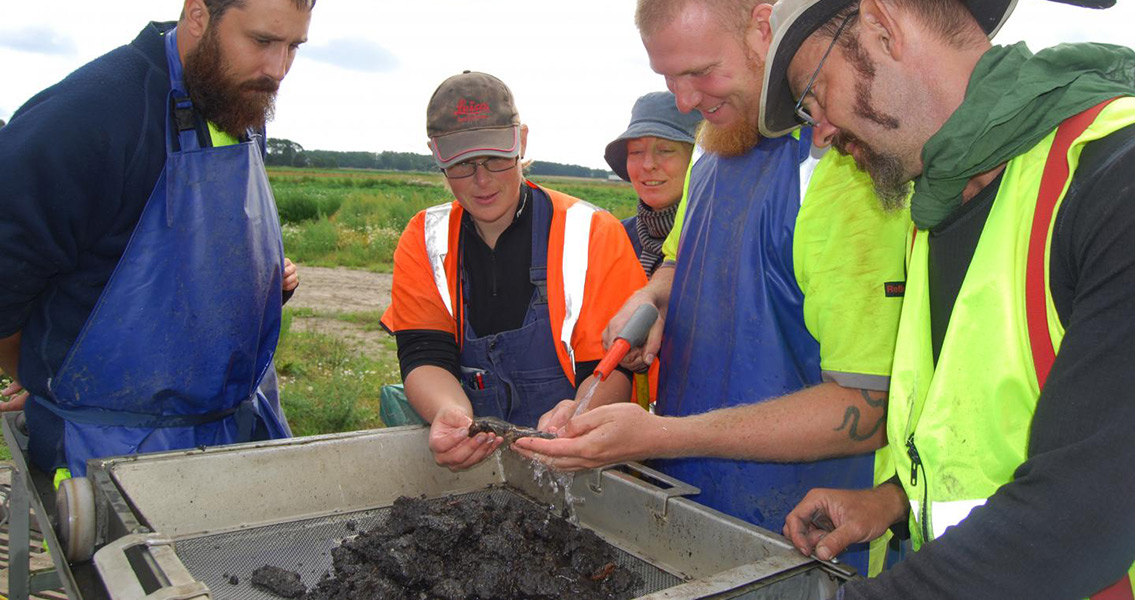<![CDATA[The history of early human settlement and migration may have to be rewritten, thanks to a startling discovery in southern Sweden. A team from Lund University in Sweden has discovered evidence of a large scale food storage pit on Sweden's east coast. Analysis of the contents of the 9,200 year old construction indicate that fish was fermented at the site. Osteologist Adam Boethius discovered the unique pit while excavating an early Mesolithic settlement next to what was once a lake in Blekinge, Sweden. The discovery is so important because it suggests people in the Nordic countries were far more sophisticated 9 millennia ago than is traditionally thought. "Our findings of large-scale fish fermentation, a traditional way of preserving fish, indicate that not only was this area in Sweden settled at that time, it was also able to support a large community" said Boethius, in regards to the findings which have just been published in the journal Archaeological Review. The widely held belief about the Mesolithic era is that farming and settlement were mostly concentrated in the area around the Levant, with people in the Nordic countries living more mobile lives. Farming and large scale settlement by northern foragers is generally considered to have started much later than 9,200 years ago. As the authors explain in their study, "The implications of the process of fermentation being used more than 9000 years ago alter our perception of Early Mesolithic foraging societies in a fundamental way." Fermentation of large amounts of fish without the use of salt suggests an at least semi-sedantry community, one with a substantial amount of technological skill and an ability to adapt to changing environmental conditions. That fact this fish was conserved for later use implies a delayed-return subsistence strategy was in operation. Conditions in the area were favorable to preserving the fish bones which usually disappear from the archaeological record as a result of their fragility. Lacking access to both salt and ceramics to store the fish, the discovery of large amounts of pine bark at the site points to the ancient people of Blekinge acidifying the fish in the bark, before wrapping them in seal and wild boar skin and burying them in a muddy pit. As the authors explain in the study, there findings have wide ranging ramifications for traditional interpretations of this period, suggesting not only a more advanced population, but possibly a much bigger one. "Evidence of a delayed-return practice in Early Mesolithic foraging contexts raises questions regarding the current models used to estimate demographic parameters, such as population density and birth rate, for that time period, as well as indicating the existence of a more complex society than previously realized." Significantly, the implications of the study are not simply isolated to the region around Blekinge. The authors suggest that although the fish fermentation technology could have been developed locally, it is more likely to have come from more northern areas. Knowledge of how to store fish in a cold climate could have developed in northern Scandinavia uninterrupted throughout the Holocene, with no delays caused by the onset of global warming in the period. "These findings indicate a different time line, with Nordic foragers settling much earlier and starting to take advantage of the lakes and sea to harvest and process fish. From a global perspective, the development in the Nordic region could correspond to that of the Middle East at the time," said Boethius, in a press release from Science Direct. For more information: www.sciencedirect.com Image courtesy of Lund University]]>
Fermented Fish Cause Rethink of Early Nordic Communities
